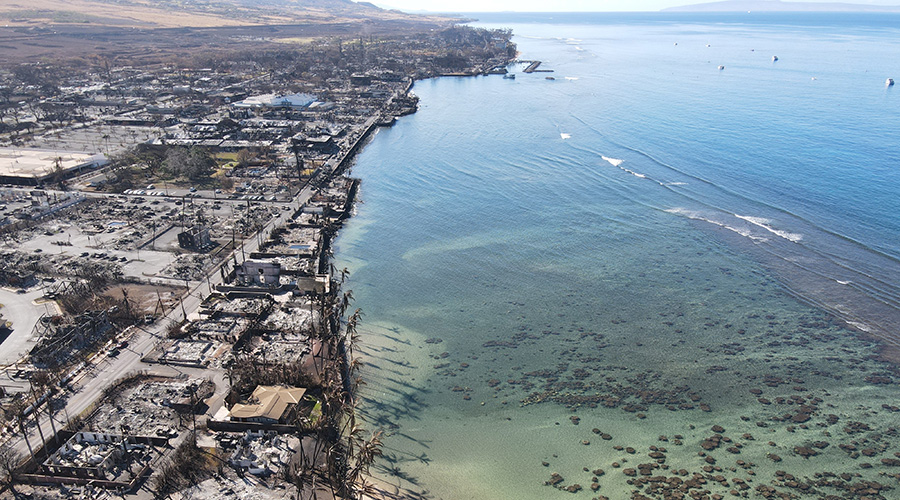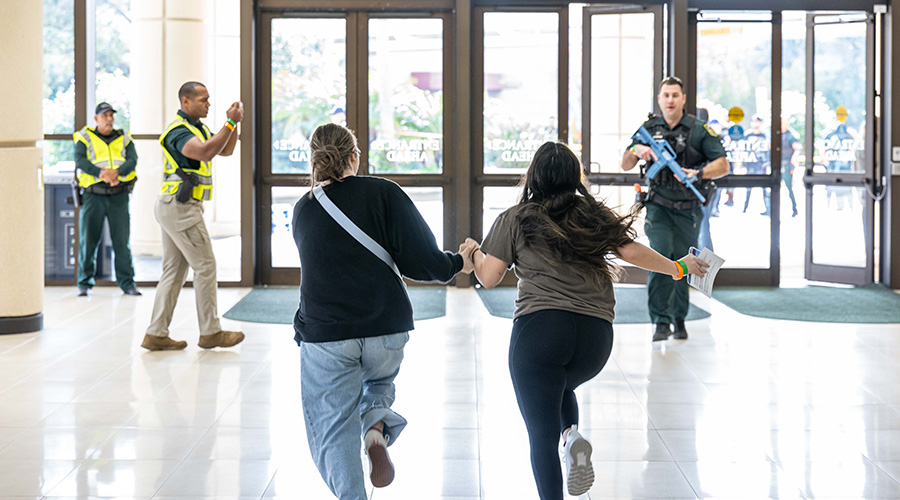Mass Notification System Requires More Flexibility Than Fire Alarm
While a mass notification system and a fire alarm system have similar goals — quickly warning a large number of people about an incident — they couldn't be more different when it comes to possible uses and designs. After all, a fire alarm system has a singular purpose.
"Previously, when we used to design fire alarm systems for the building, we were only looking at one thing," Jelenewicz says. "We were saying, 'We detect a fire, we notify the occupants, everybody gets out of the building.' That's no longer the case anymore."
Consider the Khobar Towers and Virginia Tech incidents to illustrate the differences in what a mass notification system needs to do. If Sgt. Guerrero had had access to such a system, he could have ordered evacuations before the truck exploded, which would've been a similar message to what a fire alarm system spreads: There's an incident, get out. But, at Virginia Tech or other campuses where shootings have taken place, anyone not directly in the path of the gunman is told to "secure in place": There's an incident, don't move.
As Jim Koehl, an engineer with Smith Seckman Reid points out, incidents like these demonstrate how a mass notification system has to be more flexible than a fire alarm system. With a fire alarm system, the concern is focused within the building. "You're not generally worried about fire leaping across the parking lot," he says.
Because of the wide variance in the types of incidents, and the possibility of an incident superseding the danger of a fire, the standard allows the mass notification system to take precedence over the fire alarm system, a departure from the usual signal hierarchy.
Dick Roux, senior electrical specialist, NFPA, says that deciding when and how the mass notification system will override the fire alarm system is another aspect of the initial planning. One example Roux provides is someone using the fire system to hide terrorist activity, such as a gunman pulling the fire alarm. Without the ability to override the fire alarm system, the mass notification system would be useless.
One thing the systems do have in common is their need to be triggered both automatically and manually, Grill says. A mass notification system that can't be automatically triggered can be lacking in response time; a system that can't be manually activated doesn't encompass all possible incidents.
Consider an active shooter. "You're not necessarily going to have a system automatically tell people to do something," Grill says. "It's potentially going to take some human intervention to produce the required message. But there may be other events, like a toxic gas release at a factory, that may activate automatic notification based on gas-sensing technology."
Related Topics:














